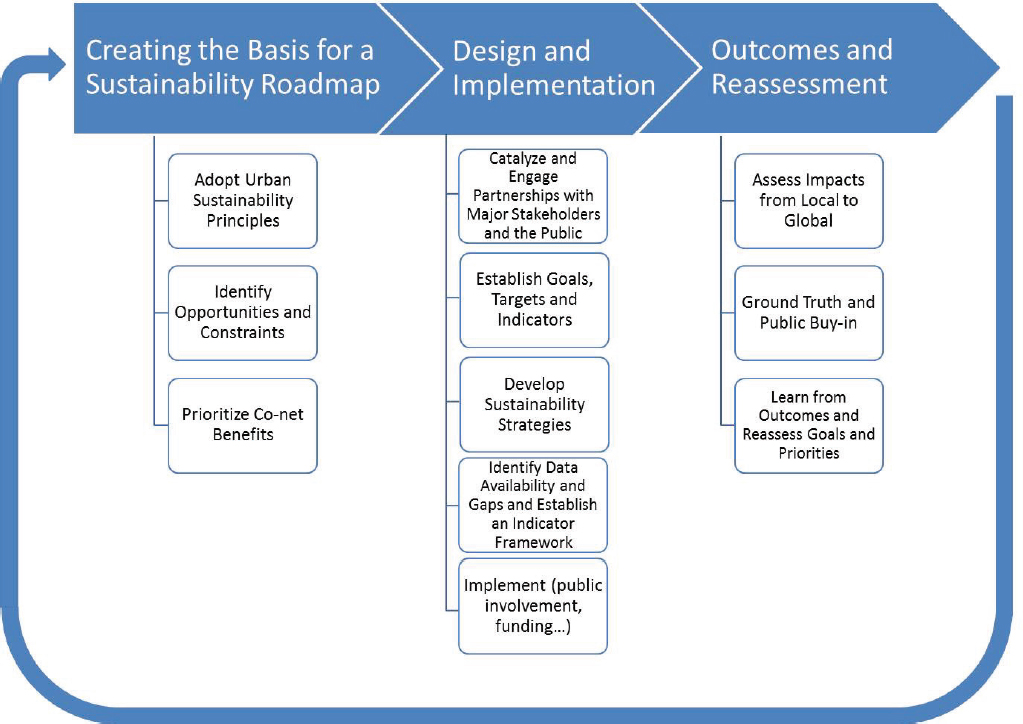& Engineering& Engineering Course Objective. Introduce fundamental concepts in Materials Science You will learn about: • material structure • httditt tihow structure dictates properties • how processing can change structure This course will help you to: • use materials properly • realize new design opportunities with materials.

Course Documents, Test Previews and other resources above may attempt to open or download Adobe PDF files. Most modern browsers have built-in PDF readers If you have problems opening this file in your browser, check your browser's or computer system's settings. Albino black sheep game.
You can also Download a copy of Adobe PDF reader or we can send them as an email attachment. (We cannot email streaming videos at the moment.) Send PDF Files via Email.
Course Objective This continuing education course is written specifically for professional engineers with the objective of relating to and enhancing the practice of engineering. Course Description. Electrical Engineering Fundamentals for Non-Electrical Engineers is a course designed to promote an understanding of the fundamentals of electricity. The course covers the differences between Alternating Current (AC) and Direct Current (DC) power sources by explaining the behavior of the voltage and current for both types of sources. The fundamental circuit building blocks including resistors, capacitors and inductors are covered including their behavior in series and parallel circuits as well as transient analysis.
The course covers Ohm's law and Kirchoff's Laws and their application to performing circuit analysis. This course also includes a brief introduction to imaginary numbers and phasors as related to current, voltage, and impedance. It is designed as a course for engineers that either have not had a substantial amount of electrical training or it has been some time since receiving that training. The course offers easy to read graphs, real world examples, and sample problems to promote understanding. Good review of basic electrical theory. DC and AC circuits were well covered. The later portion where reactances/impedances were covered could have more detail in it.for example the phasor concept was introduced but not defined (in words anyway).
Also, the frequency in the first reactance formula was not defined (I was able to figure it out later). Implications of these devices, i.e., where they are used in something practical, could have been talked about in a paragraph. Also a discussion of 3 phase power would have been useful.
The Principles of Engineering Materials by Craig R. Barrett, Alan S. Tetelman, William D. Nix The Principles of Engineering Materials by Craig R. Barrett, Alan S. Tetelman, William D. Nix PDF, ePub eBook D0wnl0adAn introduction to the structure-property relationships of engineering materials.

From reader reviews: Tony Edwin:Nowadays reading books be than want or need but also be a life style. This reading addiction give you lot of advantages. The advantages you got of course the knowledge even the information inside the book which improve your knowledge and information. The information you get based on what kind of book you read, if you want have more knowledge just go with schooling books but if you want feel happy read one using theme for entertaining including comic or novel. The The Principles of Engineering Materials is kind of e-book which is giving the reader erratic experience. Michele Sexton:Reading a e-book tends to be new life style on this era globalization. With reading throu.
Top Articles
- Serial Number Phone Clean Download
- Madhubala Tamil Serial Episode 250
- Polnaya Tablica Znachenij Sinusov Kosinusov Tangensov Kotangensov
- Toontrack Library Of The Extreme Death And Thrash Pchgames
- Profil Puskesmas Pdf File
- Roland Dyens Felicidade Pdf Free
- Torrent Blacklist Episode 13
- Download Game Onet Pokemon
- Save2pc Ultimate License Key
- Designer Fonts Free Download 2015
- Foxconn P4m800p7ma Rs2 Drivers Windows 7
- Didakticheskaya Igra Chetvertoe Lishnee Professii
- Download Auto Macro Recorder Full Crack